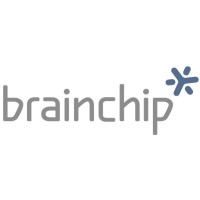
ENERMAX
Fabricante nacional de produtos para proteção de energia: no-breaks, estabilizadores e filtros de linha. A ENERMAX, uma das mais importantes empresas nacionais fabricantes de produtos para proteção de energia, desenvolve há 17 anos soluções inteligentes para a segurança de equipamentos eletro-eletrônicos.. Comprometida com a qualidade, a ENERMAX projeta e fabrica no-breaks, estabilizadores e filtros de linha que atendem às necessidades de usuários domésticos, pequenas e medias empresas, grandes corporações e governo. Conta com uma equipe de mais de 300 colaboradores distribuídos entre a unidade administrativa localizada em São Paulo, Capital e na indústria localizada em Varginha, MG .sempre empenhada na busca de inovação e no desenvolvimento de produtos com avançada tecnologia. Possuindo certificações de qualidade reconhecidas internacionalmente, a ENERMAX garante um alto padrão no processo de fabricação dos produtos. Por reunir estes e outros diferenciais, podemos afirmar que hoje a Enermax é uma das melhores opções no mercado de proteção de energia, oferecendo produtos com designs diferenciados, tecnologia de ponta e melhor custo x beneficio.






